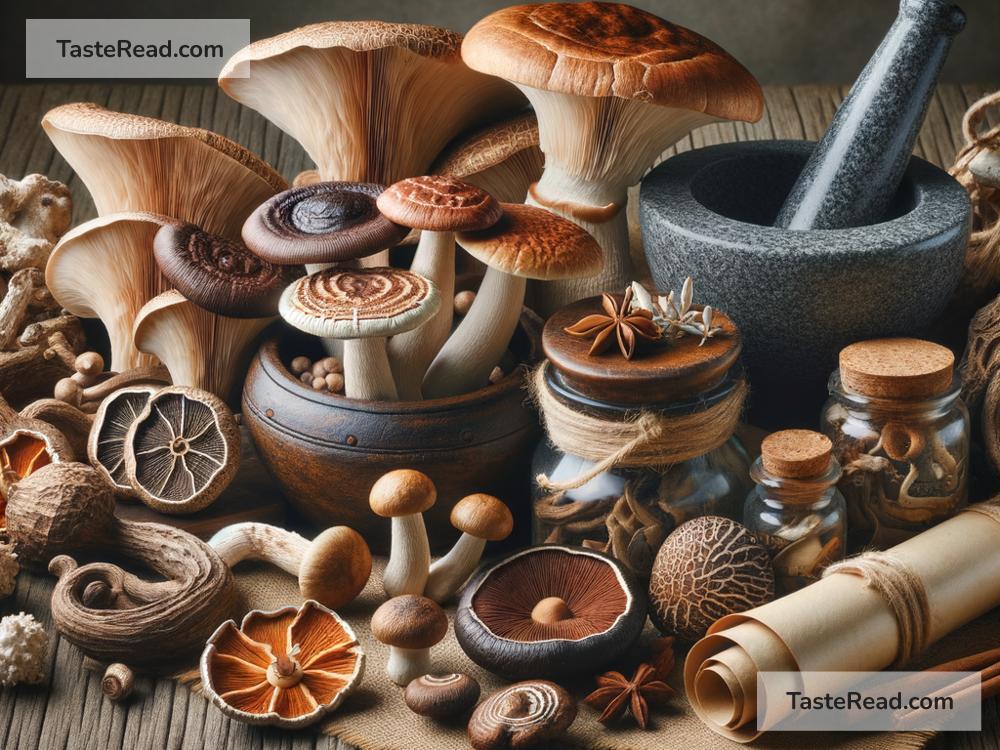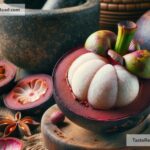The Surprising Medicinal Uses of Mushrooms in Ancient Cultures
Mushrooms have been a part of human history for as long as people have lived on Earth. While many see mushrooms as just food, ancient cultures around the world discovered that these little fungi have incredible healing abilities. For thousands of years, mushrooms were used in medicine, providing cures, boosting energy, and even helping people stay healthy during tough times. Let’s explore the surprising ways mushrooms were used as medicine in ancient cultures!
Mushrooms: Nature’s Hidden Treasure
Mushrooms aren’t just plants—they’re fungi, which means they grow differently from vegetables and fruits. This makes them special in many ways. They contain unique compounds that have effects on the human body, including anti-inflammatory, antibacterial, and immune-boosting properties.
Ancient cultures didn’t have fancy laboratories or science tools, but they had something even better: observation. Through generations of trial and error, people learned which mushrooms could heal and which ones could harm.
Traditional Chinese Medicine: Mushrooms as Elixirs of Life
China is famous for its ancient medicine, and mushrooms played an important role in it. The Chinese used mushrooms like reishi (known as “the mushroom of immortality”) to improve overall health and longevity. Reishi mushrooms were believed to help with stress, fatigue, and even boost the immune system.
Another mushroom, called cordyceps, was prized in ancient China for its energy-enhancing qualities. Cordyceps grow in a fascinating way—they actually grow on insects like caterpillars! While that might sound strange, people discovered that this mushroom was great for improving stamina and breathing and even used it for lung-related problems like asthma.
The Egyptians: Mushrooms for Royal Health
In ancient Egypt, mushrooms were viewed as mysterious and magical foods. The Egyptians believed mushrooms brought health and strength to those who consumed them. In fact, mushrooms were considered so special that only the pharaohs—the kings of Egypt—were allowed to eat them. Ordinary people couldn’t touch them, because mushrooms were thought to be a gift from the gods.
Though we don’t know exactly how Egyptians used mushrooms medicinally, their high regard for these fungi suggests they understood mushrooms had some kind of healing power. Today, science has shown that many mushrooms contain nutrients and antioxidants that fight illness and protect the body.
The Aztecs and Mayans: Sacred Healing Mushrooms
In ancient Mesoamerican cultures like the Aztecs and Mayans, mushrooms weren’t just medicine—they were sacred. These people used mushrooms not only for physical healing but also for spiritual ceremonies. They referred to certain mushrooms as “flesh of the gods” and believed that they could connect humans to the divine.
Psychoactive mushrooms, which are commonly called “magic mushrooms” today, were used in rituals to heal emotional or mental pain. These mushrooms helped people enter a trance-like state, where they described feelings of peace, clarity, and healing. While modern medicine hasn’t fully embraced this practice yet, research is now exploring the use of mushrooms to treat mental health issues like depression and anxiety.
Europe: Mushrooms as Folk Medicine
In Europe, mushrooms were an essential part of folk medicine. Ancient Europeans used mushrooms to treat wounds, infections, and even digestive problems. One mushroom, polypore, grows on trees and was often boiled into tea or made into paste. It was believed to have antibacterial properties that helped clean deep cuts and prevent infections.
A famous example of mushroom medicine was found in the story of Ötzi the Iceman, a man who lived over 5,000 years ago. When scientists discovered his frozen body in the Alps, they found dried mushrooms in his pouch. It turns out he was carrying birch polypore, which has antifungal and antibacterial qualities. Experts think Ötzi used this mushroom for treating wounds or stomach issues.
Indigenous Cultures: Mushrooms in Everyday Healing
Indigenous people around the world also knew the value of mushrooms. In Siberia, shamanic healers used mushrooms like Chaga, which grows on birch trees, as medicine for boosting immunity and treating colds. Similarly, Native Americans used certain wild mushrooms as poultices for skin injuries or as natural remedies for infections.
These practices show how deeply connected people were to their environment. Indigenous cultures didn’t just see mushrooms as food—they relied on them as powerful tools for staying healthy.
How Science is Catching Up
While ancient cultures had no scientific explanation for why mushrooms worked, they clearly understood their benefits. Today, science is uncovering the secrets of mushrooms, and the findings are incredible. Research shows that mushrooms can fight cancer, reduce inflammation, and even support mental health.
For example, studies on reishi mushrooms confirm they boost the immune system, while cordyceps improve oxygen intake and energy levels. Psychoactive mushrooms are being studied for their potential to treat mental health disorders. It seems like ancient cultures were onto something big long before modern science caught up!
Conclusion: Lessons from the Past
Mushrooms have been used as medicine for centuries, helping treat illnesses, boost energy, and even heal mental wounds. Ancient cultures like the Chinese, Egyptians, Aztecs, and Europeans discovered the power of mushrooms by learning from nature. They relied on mushrooms for healing when there were no pills or hospitals.
Today, modern medicine is rediscovering these incredible fungi, proving that ancient wisdom still holds true. So the next time you see a mushroom, you might want to think twice about its hidden powers. Who knows? Maybe it holds the secret to good health!


